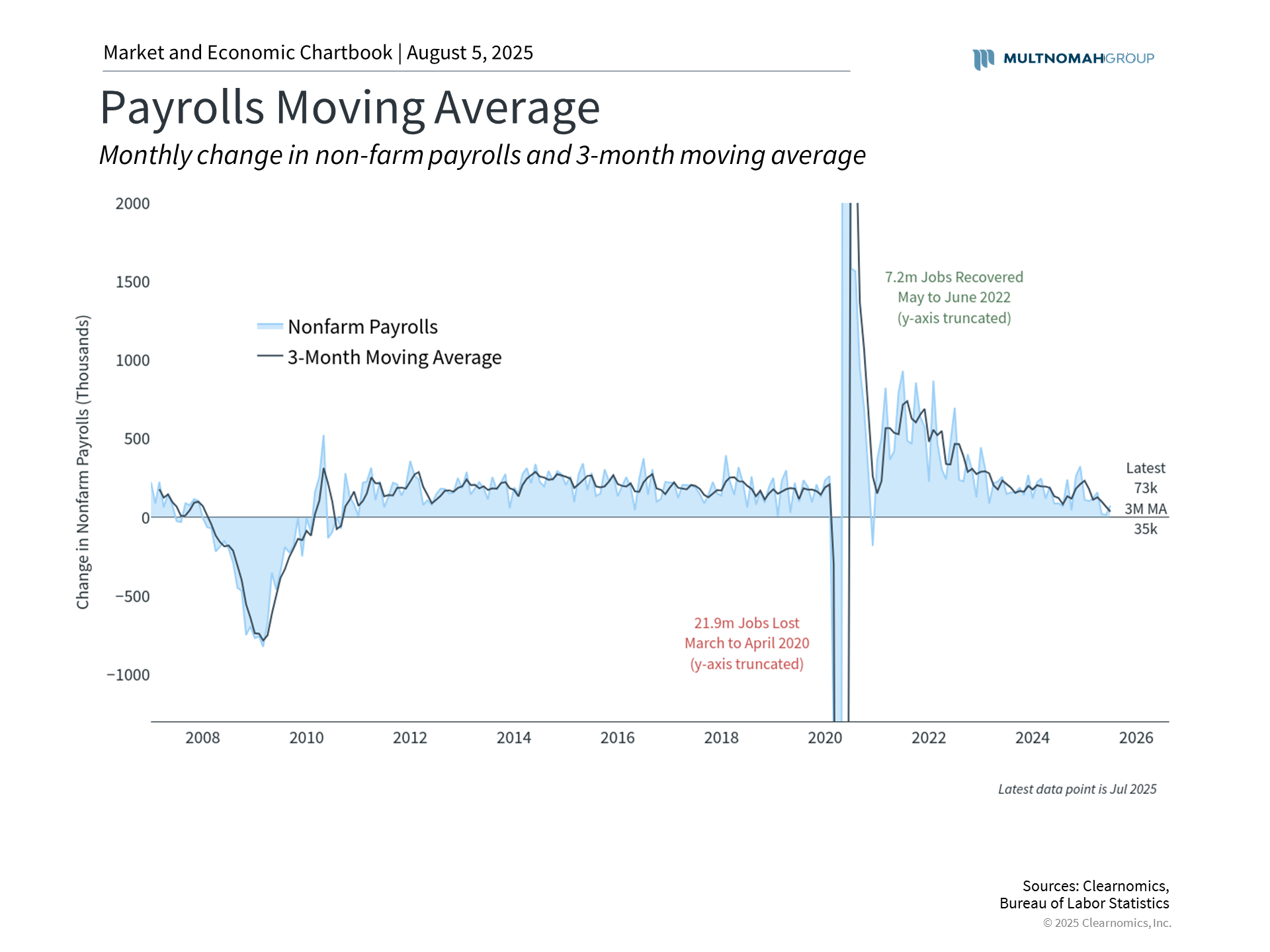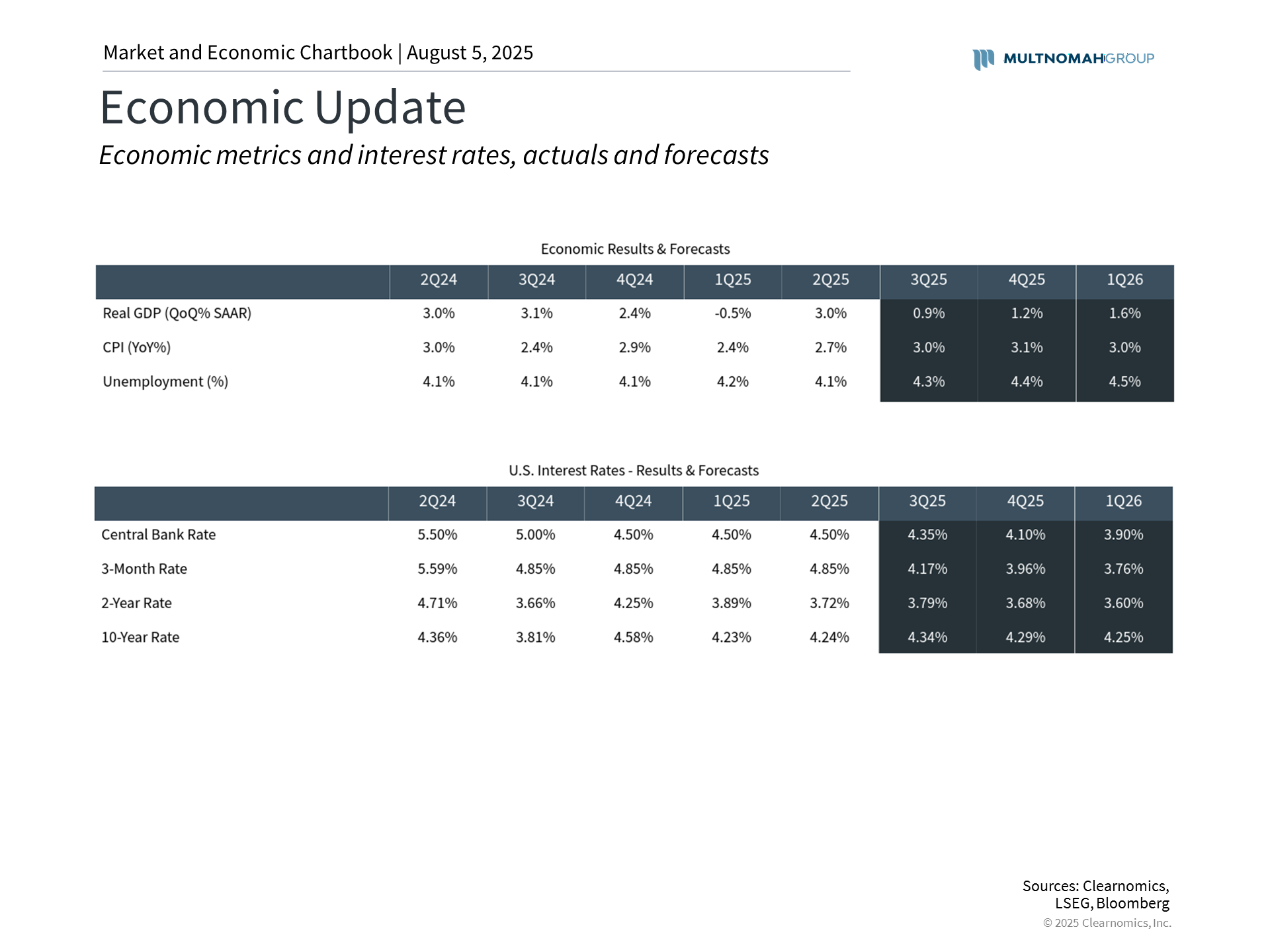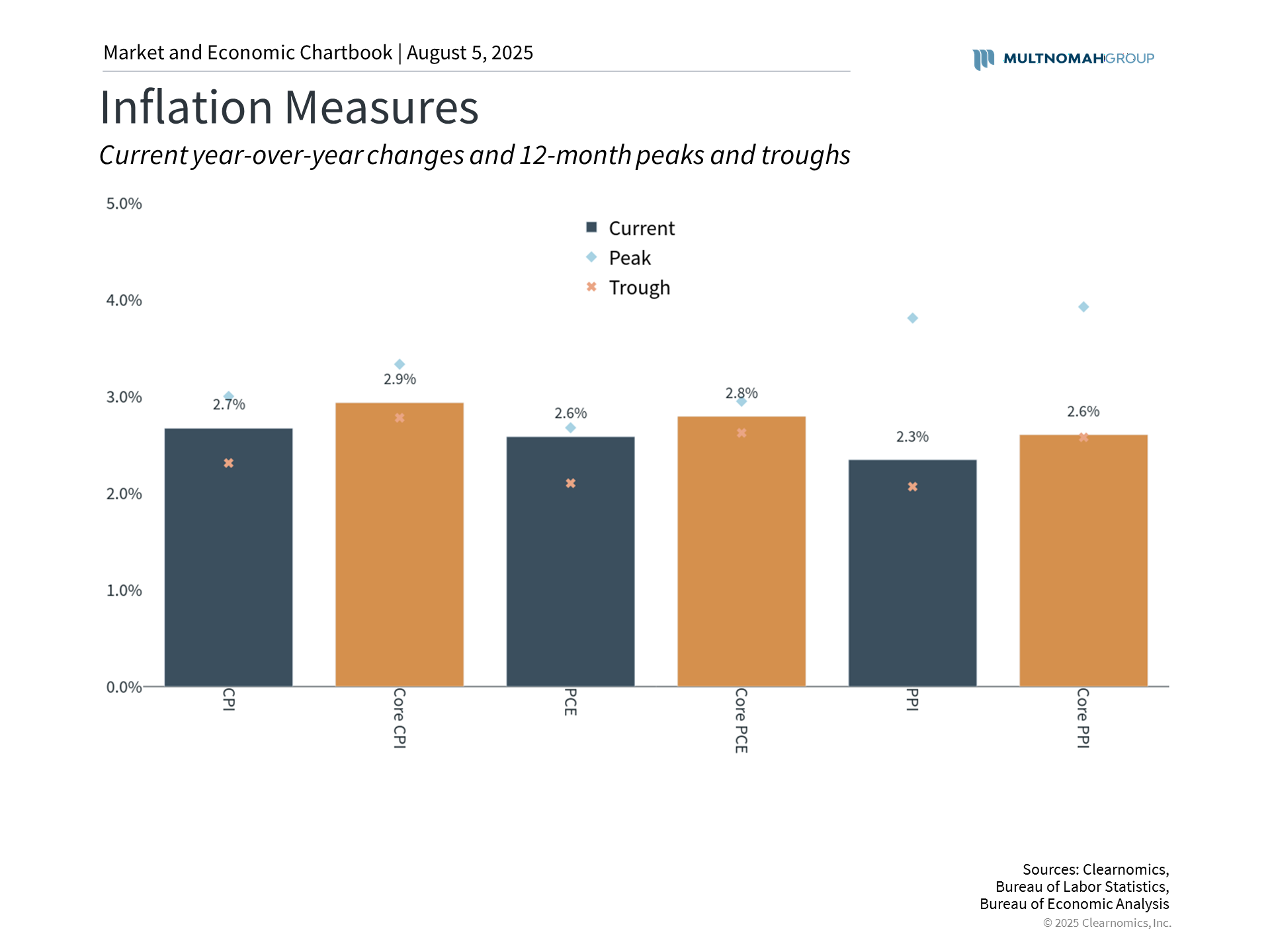Investors navigating today's economic landscape face a complex web of contradictory signals. Recent employment figures revealed disappointing job creation alongside significant downward revisions, prompting President Trump to dismiss the Bureau of Labor Statistics commissioner. Meanwhile, GDP data indicates a recovery in second-quarter growth, and corporate earnings continue surpassing forecasts, propelling markets to record levels. Yet concerns persist about tariffs and inflationary pressures.
This conflicting information generates uncertainty for both investors and policymakers, complicating financial decision-making when the underlying data faces scrutiny.
The challenge extends beyond today's mixed reports - comprehending economic conditions requires analyzing multiple indicators rather than focusing on isolated metrics. Effective interpretation demands understanding employment trends, inflation measures, productivity data, fiscal policies, and numerous other factors. No one data point should impact your investment approach or your feelings about the market.
Employment data reveals economic weaknesses
 |
Recent employment statistics generated alarm after revealing merely 73,000 job additions in July, falling significantly short of analyst projections. Furthermore, substantial downward adjustments to May and June figures indicated 258,000 fewer positions than initially reported. These revisions suggest the economy performed considerably worse during recent months than originally believed.
Such extensive revisions have sparked doubts about government data credibility. This presents difficulties since official statistics form the cornerstone of economic analysis. From employment metrics produced by the Bureau of Labor Statistics to GDP calculations from the Bureau of Economic Analysis, plus inflation measurements from various agencies, these figures influence Federal Reserve policies and investment strategies alike.
Within today's politically charged atmosphere, data reliability becomes even more critical. Understanding several fundamental principles proves essential.
Government statistics underpin investment strategies
 |
Why does this matter? Certain metrics can be precisely counted - individual company employment levels, specific layoff numbers, or average salary increases within organizations. However, measuring these variables across millions of businesses and hundreds of millions of workers makes exact counting impractical or impossible. Statistical estimation becomes necessary.
Government data sources, like all statistical information, contain inherent imperfections. These figures derive from surveys of thousands of businesses and households, conducted by professional researchers and analyzed by trained statisticians and economists. Accuracy depends entirely on survey quality and methodological rigor, meaning results should be viewed as estimates rather than precise measurements.
Additionally, a fundamental tradeoff exists between timeliness, which investors and policymakers prioritize, and precision, which demands additional time and information. Economic reports follow rigid release schedules before undergoing multiple revisions as new data emerges. This revision process strengthens the system by enabling continuous accuracy improvements, though it means individual figures shouldn't be treated as definitive.
Despite these constraints, U.S. government data maintains industry recognition as the global benchmark compared to international alternatives. These agencies uphold rigorous standards and provide primary sources for numerous indicators. While methodological improvements remain possible (and frequently occur), agencies employ professionals who have served across multiple administrations.
Ultimately, tension between politics and official data proves unavoidable. Strong incentives exist to present economic conditions favorably, while determining political motivation behind reports remains challenging. This dynamic has persisted across various political environments.
Maintaining comprehensive economic viewpoints proves crucial
 |
Given these complexities, examining multiple perspectives - including both public and private data sources - provides clearer economic understanding. Investment research often employs "mosaic theory," where disparate information pieces create comprehensive pictures. Employment, growth, inflation, corporate earnings, and consumer spending data from various sources contribute valuable puzzle pieces.
Much economic research focuses on determining which indicators matter, their relative importance, and timing considerations. While recent employment data appears weaker than anticipated, alternative metrics suggest overall economic output continues expanding at healthy rates. Second-quarter GDP growth accelerated to 3.0%, substantially exceeding long-term averages and reversing first-quarter trends.
Tariffs represent the primary uncertainty factor, contributing to mixed economic perspectives. Inflation hasn't surged dramatically as some predicted, yet remains persistently above the Fed's 2% objective.
Nevertheless, early indicators suggest tariffs may be affecting consumer prices. Recent Consumer Price Index data shows accelerating inflation for everyday goods even as service price pressures moderate. Latest Personal Consumption Expenditures figures indicate inflation reached 2.6% in June compared to the previous year.
For investors, economic indicators frequently point in different directions and sometimes appear contradictory. This results from economic uncertainty or measurement difficulties. Regardless, longer-term economic trajectories matter most for investment decisions, making diverse data sources essential for understanding broader patterns.
The bottom line? Don't let individual economic data points drive your investment decision-making. Investors must understand both the applications and limitations of official statistics. Maintaining broader perspectives using varied data sources represents the optimal approach for long-term investment decisions.
|
Multnomah Group is a registered investment adviser, registered with the Securities and Exchange Commission. Any information contained herein or on Multnomah Group's website is provided for education purposes only and does not intend to make an offer or solicitation for the sale or purchase of any specific securities, investments, or investment strategies. Investments involve risk and, unless otherwise stated, are not guaranteed. Multnomah Group does not provide legal or tax advice. |
| Copyright (c) 2025 Clearnomics, Inc. All rights reserved. The information contained herein has been obtained from sources believed to be reliable, but is not necessarily complete and its accuracy cannot be guaranteed. No representation or warranty, express or implied, is made as to the fairness, accuracy, completeness, or correctness of the information and opinions contained herein. The views and the other information provided are subject to change without notice. All reports posted on or via www.clearnomics.com or any affiliated websites, applications, or services are issued without regard to the specific investment objectives, financial situation, or particular needs of any specific recipient and are not to be construed as a solicitation or an offer to buy or sell any securities or related financial instruments. Past performance is not necessarily a guide to future results. Company fundamentals and earnings may be mentioned occasionally, but should not be construed as a recommendation to buy, sell, or hold the company's stock. Predictions, forecasts, and estimates for any and all markets should not be construed as recommendations to buy, sell, or hold any security--including mutual funds, futures contracts, and exchange traded funds, or any similar instruments. The text, images, and other materials contained or displayed in this report are proprietary to Clearnomics, Inc. and constitute valuable intellectual property. All unauthorized reproduction or other use of material from Clearnomics, Inc. shall be deemed willful infringement(s) of this copyright and other proprietary and intellectual property rights, including but not limited to, rights of privacy. Clearnomics, Inc. expressly reserves all rights in connection with its intellectual property, including without limitation the right to block the transfer of its products and services and/or to track usage thereof, through electronic tracking technology, and all other lawful means, now known or hereafter devised. Clearnomics, Inc. reserves the right, without further notice, to pursue to the fullest extent allowed by the law any and all criminal and civil remedies for the violation of its rights. |

